Energy costs account for a large portion of industrial operating expenses, and inefficient steam boilers waste fuel, increase emissions, and reduce plant profitability. Many buyers struggle to identify which type of steam boiler offers the best balance of efficiency, durability, and cost-effectiveness, leading to overspending on fuel or frequent maintenance issues.
The most efficient steam boilers are typically modern condensing boilers, high-pressure water-tube boilers with economizers, and boilers integrated with advanced combustion controls. Condensing boilers can achieve efficiencies of 90–98% by recovering latent heat from exhaust gases. Water-tube boilers with heat recovery systems and optimized burner technology typically reach 85–95% efficiency. The exact “most efficient” option depends on the fuel type, steam demand, and operating conditions, but boilers equipped with economizers, oxygen trim systems, and proper water treatment consistently deliver the highest real-world efficiency.
By choosing a design tailored to the application, industries can maximize fuel savings, compliance, and long-term reliability.
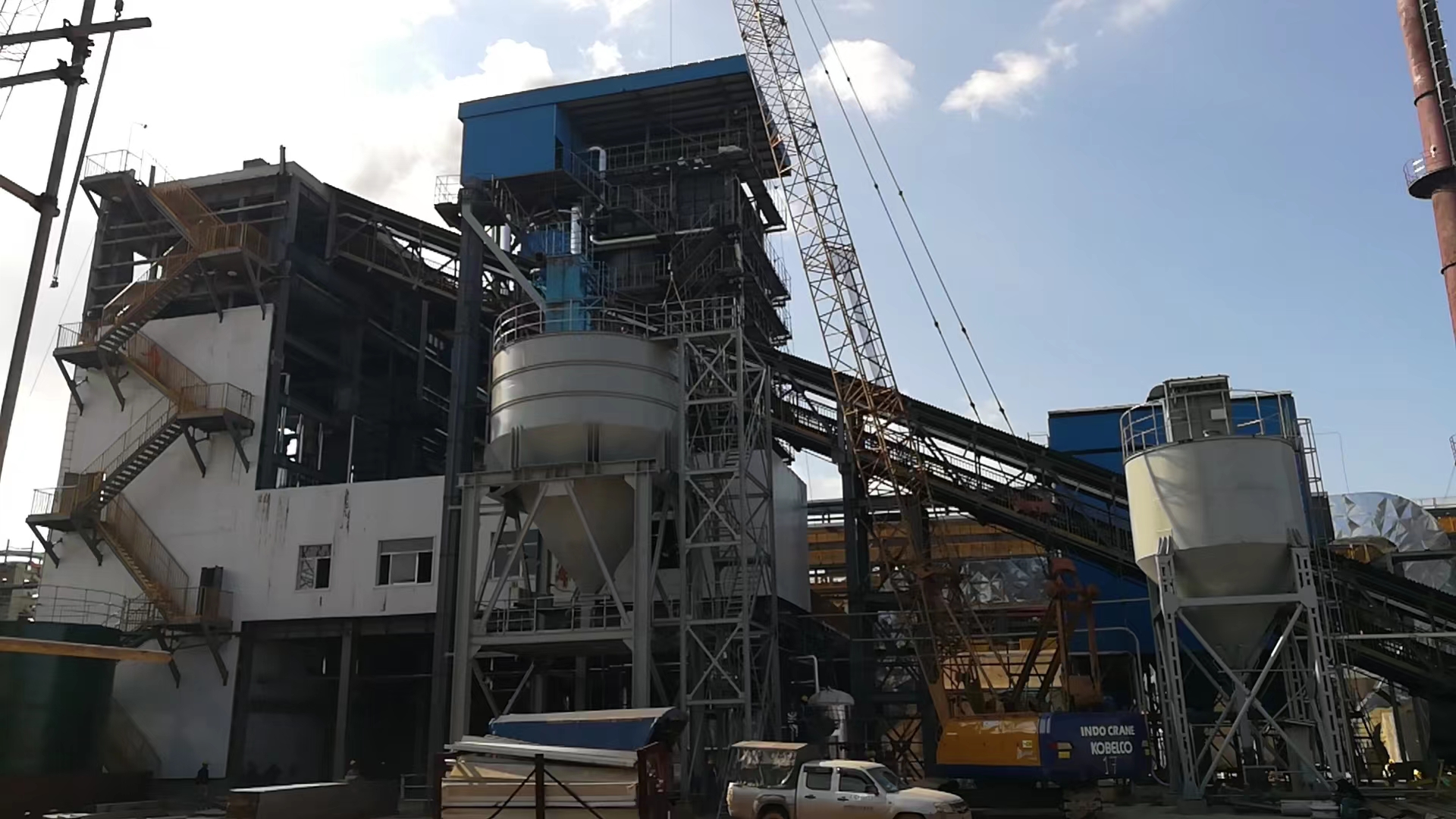
What Makes Condensing Steam Boilers the Most Efficient Option?
Industrial and commercial boiler users are always looking for ways to cut fuel costs, reduce emissions, and improve plant efficiency. Traditional steam boilers lose a large share of energy through flue gas heat and latent heat of water vapor, which simply escapes into the atmosphere. This means operators pay for fuel that never converts into usable steam energy. The solution lies in condensing steam boilers, which recover energy from flue gases by condensing water vapor and using that heat to preheat return water. This innovation makes condensing boilers the most efficient choice on the market today.
Condensing steam boilers achieve the highest efficiency because they recover latent heat from flue gas condensation, reaching fuel-to-steam efficiencies of 90–98%, compared to 75–85% for conventional boilers. By extracting both sensible and latent heat, they reduce fuel consumption, lower CO₂ emissions, and deliver the best lifecycle cost performance.
In short, condensing boilers not only save money but also support environmental compliance and sustainability goals, making them the best investment for modern facilities.
Condensing boilers achieve higher efficiency because they reuse latent heat from water vapor in flue gas.True
By condensing steam in exhaust gases, they reclaim heat that traditional boilers waste, raising efficiency by 10–15%.
Condensing boilers can operate with any return water temperature.False
They require relatively low return water temperatures (below ~57°C/135°F) to ensure condensation and maximize efficiency.
1. How Condensing Technology Works
Condensing boilers use advanced heat exchangers (often stainless steel or aluminum alloy) to cool flue gases below the dew point, typically ~57°C (135°F) for natural gas. This causes water vapor to condense, releasing latent heat that would otherwise be lost.
Energy Recovered:
Sensible heat → lowering gas temperature.
Latent heat → from phase change of vapor to liquid.
This dual recovery is the main reason condensing boilers reach efficiencies above 90%.
2. Efficiency Comparison
| Boiler Type | Typical Efficiency | Fuel Savings vs. Non-Condensing |
|---|---|---|
| Conventional Fire-Tube | 75–82% | – |
| Modern Water-Tube | 80–85% | – |
| Condensing Boiler | 90–98% | 10–15% |
3. Design Features That Drive Efficiency
Advanced heat exchangers for maximum heat transfer and corrosion resistance.
Modulating burners for stable combustion across load ranges.
Economizers and integrated condensers to enhance energy capture.
Oxygen trim controls ensuring optimal air-fuel ratio.
4. Applications and Fuel Types
Condensing boilers work best with natural gas and light oil, which produce high water vapor in flue gas. They are widely used in:
District heating systems
Hospitals and commercial buildings
Food, beverage, and textile industries
Combined heat and power (CHP) setups
5. Case Example
A pharmaceutical plant replaced two 10 t/h conventional boilers with condensing gas-fired steam boilers. The result:
Fuel savings: 12% annually
CO₂ reduction: 1,500 tons/year
Payback period: 2.5 years
6. Limitations and Considerations
Requires low return water temperature for condensation.
Slightly higher capital cost due to premium materials.
Condensate is acidic → needs proper neutralization before disposal.
Conclusion
Condensing steam boilers stand out as the most efficient option because they recover both sensible and latent heat from flue gases. While their upfront investment is higher, the fuel savings, emission reductions, and compliance benefits make them the best long-term choice for industries and commercial facilities alike.

How Do Water-Tube Boilers Achieve Higher Efficiency Compared to Fire-Tube Boilers?
When industries choose between fire-tube and water-tube boilers, the decision is often driven by efficiency, capacity, and operating pressure. Many plants suffer high fuel costs and operational limits because they install boilers that cannot match their process steam demand efficiently. Fire-tube boilers, while simple and affordable, have limitations in size, pressure, and efficiency. Water-tube boilers, on the other hand, are engineered for large-scale, high-pressure, and high-efficiency steam generation, making them the preferred choice for power plants, refineries, and heavy industry.
Water-tube boilers achieve higher efficiency than fire-tube boilers because water circulates inside tubes heated externally by hot combustion gases, enabling faster heat transfer, higher operating pressures, greater steam output, and more effective use of combustion heat. This design minimizes thermal losses, supports advanced heat recovery systems, and achieves fuel-to-steam efficiencies of 85–92%, compared to 75–82% for typical fire-tube boilers.
This fundamental design advantage explains why industries with high steam demand almost always select water-tube designs for long-term cost savings and operational reliability.
Water-tube boilers are less efficient than fire-tube boilers in high-capacity applications.False
Water-tube designs allow higher heat transfer surface area, greater steam capacity, and integration of economizers and superheaters, making them more efficient at large scale.
Water-tube boilers can achieve operating pressures above 100 bar, unlike fire-tube boilers.True
Their tube design and circulation system support very high pressures, which is critical for power generation and heavy industry.
1. Fundamental Design Differences
| Feature | Fire-Tube Boiler | Water-Tube Boiler |
|---|---|---|
| Heat Transfer Path | Hot gases flow through tubes surrounded by water | Water flows through tubes heated by combustion gases |
| Pressure Capability | Up to ~25 bar | Up to >150 bar |
| Steam Output | Up to ~25 t/h | >500 t/h possible |
| Efficiency | 75–82% | 85–92% |
Water-tube boilers reverse the heat transfer process: instead of gases moving inside tubes, water moves inside small tubes exposed to hot gases, providing much higher heat transfer surface-to-volume ratio.
2. Why Water-Tube Boilers Are More Efficient
Faster Heat Absorption
Thin-walled small-diameter tubes allow rapid heat transfer.High-Pressure Operation
Supports superheated steam, improving thermodynamic cycle efficiency.Better Combustion Utilization
Large furnace volume allows complete fuel combustion.Heat Recovery Options
Easy integration with economizers, superheaters, and air preheaters.Scalability
Suitable for very large steam outputs without efficiency loss.
3. Applications Where Water-Tube Boilers Excel
Power plants (coal, gas, biomass)
Petrochemical and refinery plants
Steel and cement industries
District heating and cogeneration (CHP)
Large-scale process industries
4. Example Case Study
A steel mill replaced three fire-tube boilers with a single 120 t/h water-tube boiler. Results:
Fuel savings: 11% annually
CO₂ emissions reduction: 2,000 tons/year
Increased steam capacity for process expansion
5. Efficiency Enhancement with Accessories
Water-tube boilers often integrate:
Economizers (recover exhaust heat for feedwater preheating)
Superheaters (raise steam temperature for higher cycle efficiency)
Air preheaters (improve combustion air temperature)
These systems further boost efficiency beyond the inherent design advantage.
6. Limitations to Consider
Higher initial cost than fire-tube boilers.
Requires skilled operation and maintenance.
Not economical for very small steam demands (<2 t/h).
Conclusion
Water-tube boilers are inherently more efficient than fire-tube boilers because of their design geometry, high-pressure capacity, and heat recovery compatibility. While fire-tube boilers are suitable for smaller, low-pressure applications, water-tube boilers dominate in industries that demand high efficiency, high capacity, and reliable long-term performance.
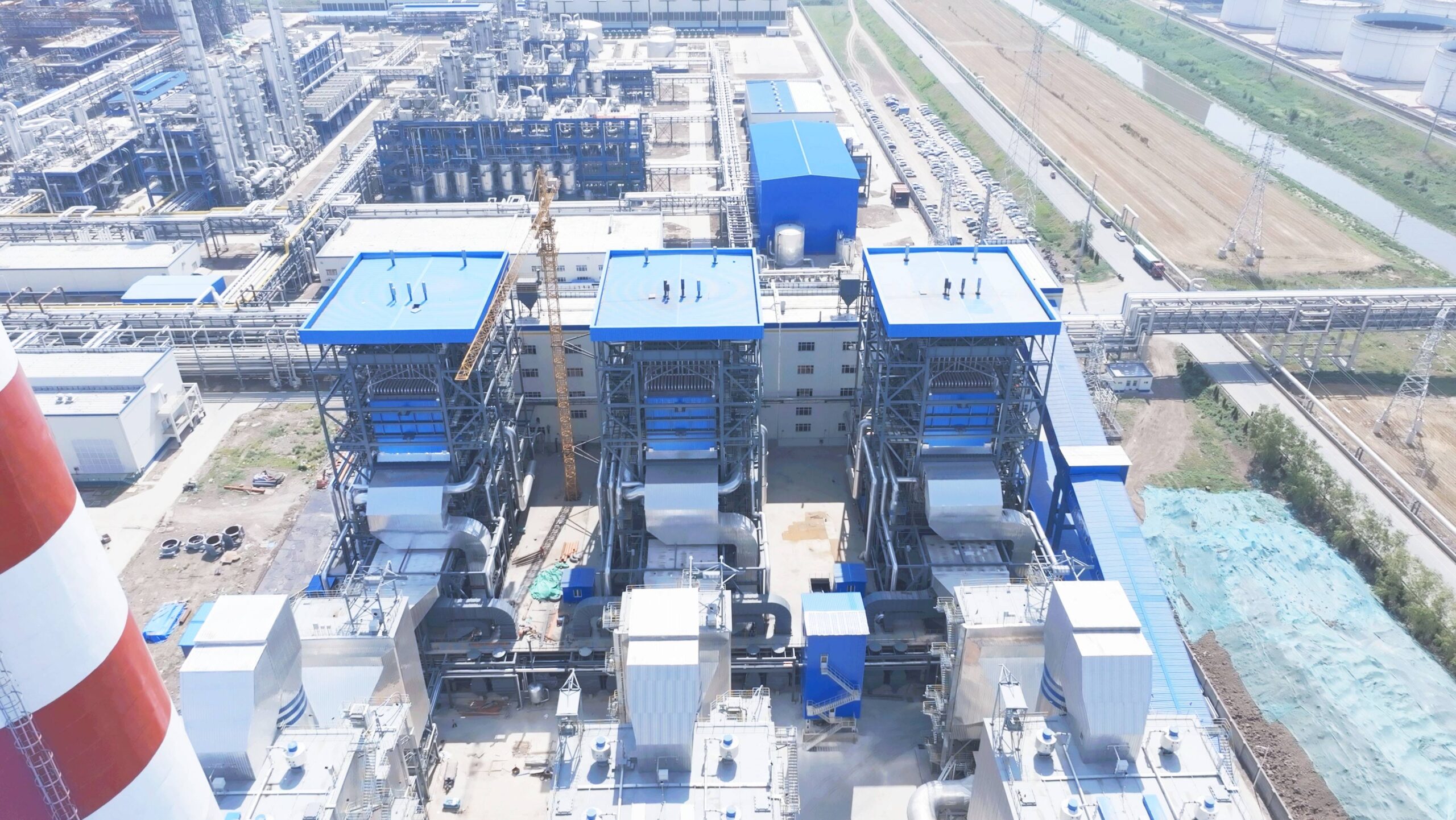
What Role Do Economizers and Heat Recovery Systems Play in Boosting Efficiency?
Rising fuel costs and tightening environmental regulations are pressuring industries to maximize boiler efficiency. A common problem with conventional boilers is that 20–30% of fuel energy is lost through hot flue gases discharged into the atmosphere. This wasted heat not only increases operating costs but also leads to unnecessary emissions. The solution lies in economizers and heat recovery systems, which capture energy from exhaust gases and reuse it within the boiler system, transforming wasted heat into usable energy.
Economizers and heat recovery systems boost boiler efficiency by capturing waste heat from flue gases and using it to preheat feedwater, combustion air, or process fluids. By reducing the fuel required to raise steam, these systems improve efficiency by 5–10%, lower fuel costs, cut CO₂ emissions, and extend boiler life.
In other words, heat recovery transforms what was once wasted energy into a direct cost saving and efficiency improvement, making it one of the most cost-effective upgrades for industrial boilers.
Economizers can increase boiler efficiency by up to 10% by preheating feedwater with flue gas energy.True
By reducing the temperature difference the boiler must overcome, less fuel is required for steam generation.
Heat recovery systems have little impact on fuel consumption.False
When properly designed, heat recovery can save 5–15% in fuel, depending on system size and load profile.
1. How Economizers Work
An economizer is a heat exchanger installed in the flue gas path:
Flue gases (300–400°C) pass over finned tubes carrying cold feedwater.
The feedwater absorbs this energy before entering the boiler drum.
This reduces the fuel input needed to bring water to steam temperature.
2. Efficiency Gains
| System | Typical Efficiency Improvement | Fuel Saving Potential |
|---|---|---|
| Feedwater Economizer | 5–7% | 3–10% |
| Combustion Air Preheater | 2–5% | 2–6% |
| Condensing Heat Recovery | 8–12% | 8–15% |
3. Heat Recovery Options
Feedwater Economizers – most common, improve boiler thermal efficiency.
Air Preheaters – raise combustion air temperature, improving fuel-air mixing and efficiency.
Condensing Heat Exchangers – recover latent heat by condensing water vapor in flue gases.
Waste Heat Recovery Units (WHRU) – for process plants and CHP, capture high-temperature exhaust for steam generation or hot water production.
4. Industrial Example
A food processing plant installed an economizer on a 20 t/h gas-fired boiler:
Flue gas outlet temperature reduced from 240°C to 150°C.
Boiler efficiency increased by 6%.
Annual natural gas savings: USD 120,000.
Payback period: 18 months.
5. Key Considerations
Fuel type: Natural gas allows condensing recovery; coal and oil require careful corrosion control.
Feedwater quality: Proper treatment prevents fouling/scaling on economizer tubes.
Load profile: Systems with high, steady load benefit most.
Condensate neutralization: Condensing recovery generates acidic condensate.
Conclusion
Economizers and heat recovery systems play a critical role in boosting boiler efficiency by reclaiming wasted energy and reducing fuel demand. They are relatively low-cost upgrades with short payback periods that provide sustained operating savings, lower emissions, and better environmental compliance. For plants aiming to cut energy costs, these systems should be a top priority.
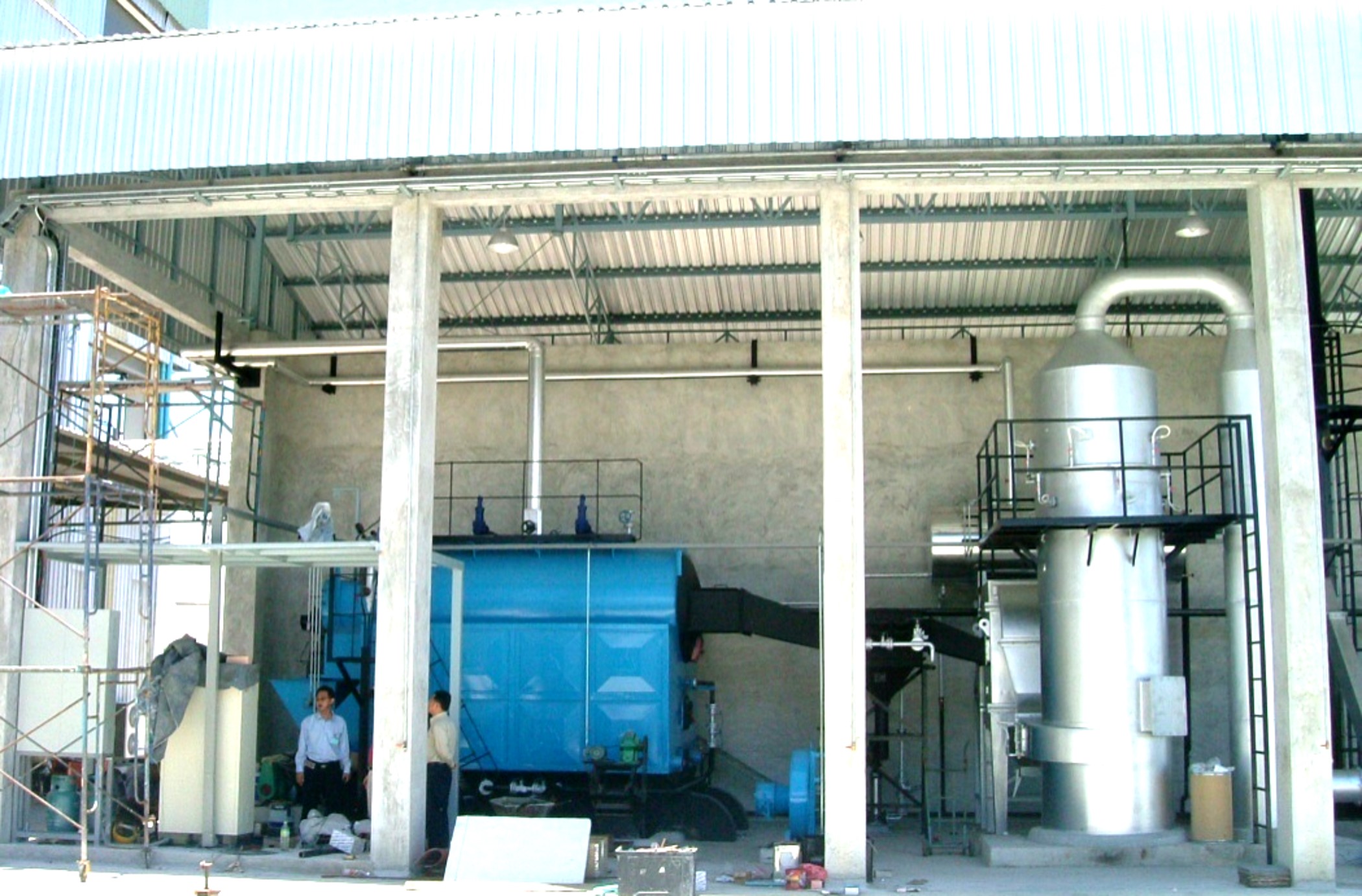
How Do Advanced Burners and Combustion Controls Improve Steam Boiler Performance?
One of the biggest challenges in boiler operation is ensuring complete combustion while minimizing fuel waste and emissions. Traditional burners and manual controls often cause problems like flame instability, excess air losses, soot buildup, and fluctuating steam supply. These issues drive up fuel costs, reduce equipment life, and risk non-compliance with emission regulations. Advanced burners and combustion control systems solve these problems by optimizing the fuel-air ratio and flame stability in real time, ensuring cleaner, more efficient, and more reliable steam generation.
Advanced burners and combustion controls improve steam boiler performance by optimizing fuel-air mixing, stabilizing flame quality, and dynamically adjusting to load changes. This reduces excess air, improves fuel-to-steam efficiency by 3–8%, lowers NOx and CO emissions, extends equipment life, and enhances operational safety.
By intelligently managing combustion, modern systems unlock significant fuel savings and environmental benefits, making them essential for industries seeking cost reduction and compliance.
Advanced burners only reduce emissions without improving boiler efficiency.False
By optimizing the air-to-fuel ratio and preventing incomplete combustion, advanced burners increase thermal efficiency and reduce fuel consumption.
Combustion controls can maintain boiler efficiency even under fluctuating load conditions.True
Automatic systems adjust air and fuel supply instantly, preventing energy losses and maintaining steady steam generation.
1. Role of Advanced Burners
Low-NOx Burners: Stage fuel injection and improve mixing to cut nitrogen oxide formation.
Modulating Burners: Adjust firing rate continuously instead of on/off cycling, reducing fuel spikes.
Multi-fuel Burners: Allow flexibility between natural gas, oil, or biogas.
High Turbulence Design: Improves flame stability and complete combustion.
2. Combustion Control Technologies
| Control Type | Function | Benefit |
|---|---|---|
| Oxygen Trim Control | Monitors flue gas O₂ and adjusts airflow | Reduces excess air, improves efficiency by 2–3% |
| Parallel Positioning | Independent control of air and fuel dampers | More precise fuel-air ratio |
| VFD Fans | Adjust combustion air fan speed | Cuts auxiliary power consumption by 20–30% |
| Advanced PLC/DCS | Real-time monitoring and safety interlocks | Improves reliability and automation |
3. Efficiency Gains
Lower excess air reduces stack losses.
Precise firing control reduces unburned carbon and soot.
Stable combustion increases heat transfer efficiency.
Integration with economizers and heat recovery maximizes total system performance.
4. Case Study Example
A textile plant retrofitted a 10 t/h steam boiler with a low-NOx burner and oxygen trim system:
Boiler efficiency improved from 80% to 87%.
Annual natural gas savings: USD 95,000.
NOx emissions reduced by 40%.
Payback period: 14 months.
5. Safety & Reliability Benefits
Real-time monitoring reduces risk of flameouts.
Automatic shutdown on abnormal O₂ or CO levels prevents accidents.
Smooth firing rates extend boiler tube life.
Conclusion
Advanced burners and combustion controls are not just about emissions—they are central to fuel efficiency, steam quality, and plant reliability. By upgrading to modern systems, industries can achieve 3–8% fuel savings, 30–60% emission reductions, and a safer working environment.
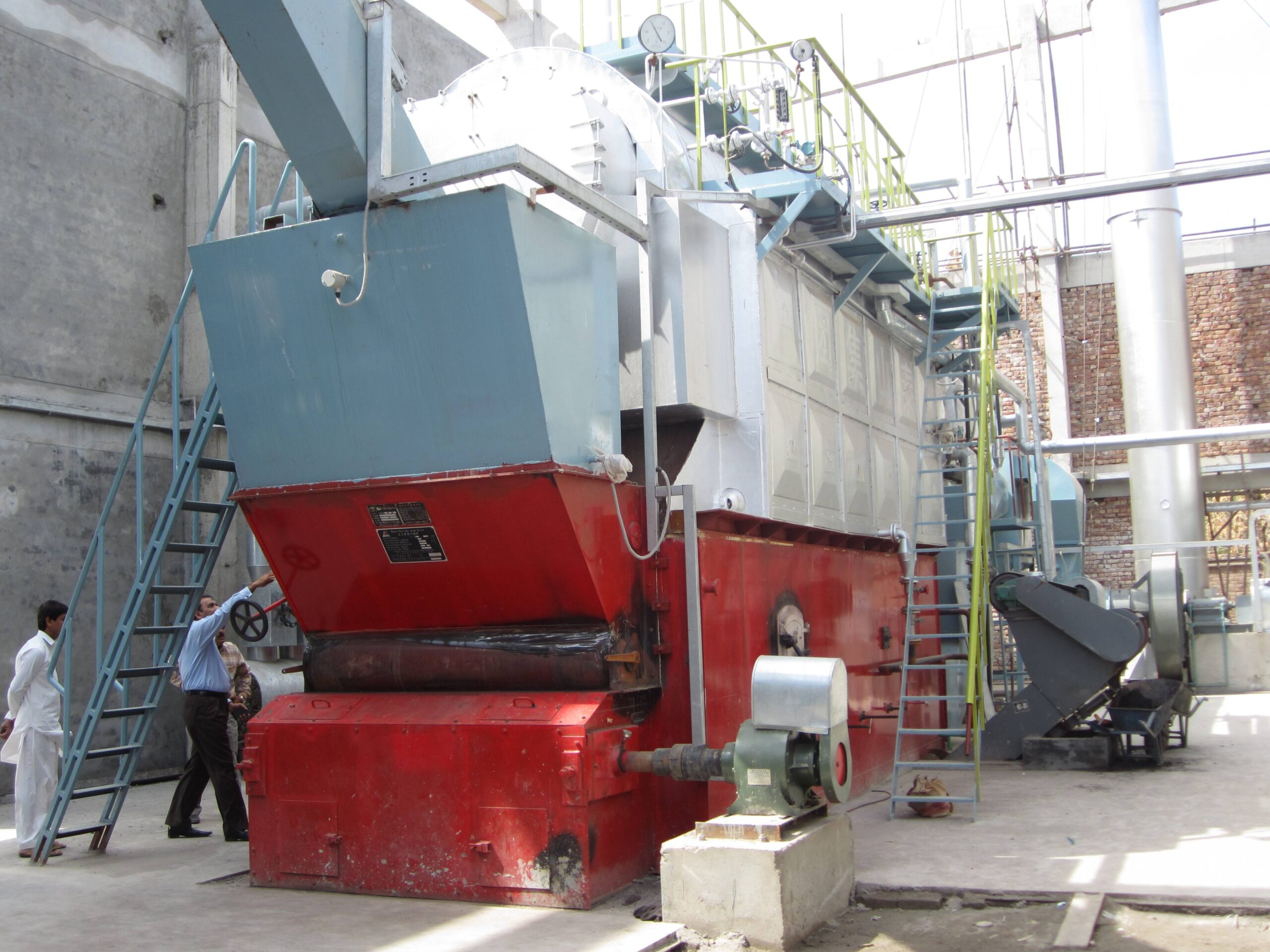
Why Is Fuel Type Selection Important for Achieving Maximum Efficiency?
One of the most critical decisions in boiler system design is the choice of fuel type. Many industries struggle with high operating costs and inconsistent performance because they select a boiler without considering how the fuel’s characteristics influence efficiency, emissions, and lifecycle costs. Using the wrong fuel type can result in higher fuel bills, increased maintenance needs, and regulatory compliance problems. The solution is to carefully evaluate fuel options in terms of calorific value, availability, cost, and environmental impact before committing to a system.
Fuel type selection is vital for maximum efficiency because each fuel has different calorific value, combustion properties, emission characteristics, and availability. Choosing the right fuel ensures optimal boiler design, higher heat transfer, reduced excess air losses, lower maintenance, and compliance with emission regulations, ultimately minimizing lifecycle operating costs.
In short, selecting the correct fuel allows the boiler to operate closer to its design efficiency while reducing waste, environmental impact, and hidden costs.
Natural gas is always the most efficient fuel for all boiler applications.False
While natural gas offers high combustion efficiency and low emissions, in regions with limited supply or very high cost, biomass or coal may provide more economical performance.
Fuel type directly affects boiler design, efficiency, and emissions.True
Each fuel requires different combustion systems, burners, and emission controls, making fuel selection a key factor in boiler performance.
1. Fuel Properties That Impact Efficiency
| Fuel Type | Typical Calorific Value (MJ/kg or MJ/m³) | Key Efficiency Considerations |
|---|---|---|
| Natural Gas | 35–40 MJ/m³ | High efficiency, low excess air requirement, clean combustion |
| Fuel Oil (Light/Heavy) | 40–42 MJ/kg | Requires atomization, risk of fouling if sulfur is high |
| Coal (Bituminous, Lignite, Anthracite) | 15–30 MJ/kg | Efficiency depends on volatile matter, ash content, and boiler type |
| Biomass (Wood Chips, Pellets, Agri-waste) | 12–18 MJ/kg | Moisture content reduces efficiency; requires special combustion technology |
| Electricity (Electrode Boilers) | 100% conversion efficiency | Limited by electricity price and grid stability |
2. Matching Fuel to Boiler Type
Coal: Best suited for CFB (Circulating Fluidized Bed) or stoker boilers that can handle variable ash/moisture.
Gas & Oil: Compatible with fire-tube, water-tube, and condensing boilers, offering high controllability and clean combustion.
Biomass: Requires grate or fluidized bed boilers with specialized fuel handling and ash systems.
Electricity: Ideal for electrode or resistance boilers where emissions-free operation is prioritized.
3. Efficiency & Cost Trade-Off
| Fuel | Typical Boiler Efficiency (%) | Operating Cost Impact |
|---|---|---|
| Natural Gas | 88–95 | Low emissions, medium-high cost depending on region |
| Oil | 85–90 | Medium emissions, price volatility, storage required |
| Coal | 80–88 | Low fuel price but higher maintenance and emissions |
| Biomass | 75–85 | Renewable and often subsidized, but higher handling costs |
| Electricity | ~100 | Clean at point of use, but expensive if grid prices are high |
4. Real-World Example
A paper mill compared fuel options for a 50 t/h steam requirement:
Natural gas boiler: 91% efficiency, but fuel cost = USD 4.5 million/year.
Biomass boiler: 82% efficiency, but fuel cost = USD 2.8 million/year (with local agri-waste supply).
Coal boiler: 85% efficiency, fuel cost = USD 2.5 million/year, but compliance costs for SO₂/NOx were much higher.
Final choice: biomass boiler, due to lowest lifecycle cost and renewable benefits.
5. Key Takeaways
High calorific value fuels generally improve efficiency, but fuel price and emissions must also be considered.
Poor quality fuels (high ash, sulfur, moisture) lower efficiency and raise maintenance costs.
Local availability and long-term contracts often outweigh pure efficiency numbers.
Fuel-flexible boilers provide insurance against future price fluctuations.
Conclusion
Fuel type selection is the foundation of boiler efficiency and economics. A boiler designed for the right fuel operates closer to peak performance, achieves cleaner combustion, and minimizes lifecycle costs. Choosing based on local supply, calorific value, and regulatory compliance ensures a balance between efficiency, sustainability, and cost-effectiveness.
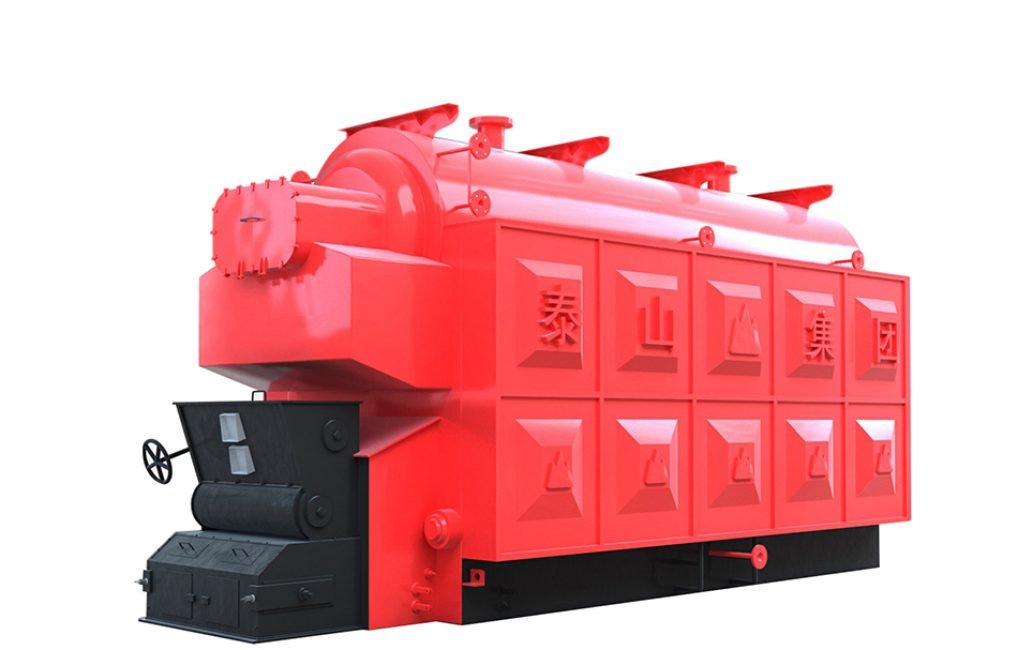
What Operational Practices Help Sustain Peak Boiler Efficiency Over Time?
A common frustration for plant managers is that even the best-designed and most efficient boiler system loses efficiency over time. Scaling, soot deposits, poor combustion adjustment, and neglected maintenance can quickly reduce efficiency by 5–15%, leading to higher fuel consumption, rising operating costs, and increased emissions. The solution lies not only in boiler design, but also in disciplined operational practices and regular maintenance routines that ensure the system runs at its designed performance for years.
The most effective operational practices to sustain peak boiler efficiency include maintaining correct water treatment, routine cleaning of heat transfer surfaces, regular combustion tuning, monitoring excess air levels, using economizers and heat recovery equipment, maintaining proper steam load management, and implementing automated monitoring systems. These practices prevent energy losses, extend boiler life, and ensure compliance with emission standards.
By embedding these habits into daily operation, plants can preserve efficiency, avoid unplanned shutdowns, and optimize lifecycle costs.
Boiler efficiency naturally declines over time and cannot be maintained.False
With proper maintenance, water treatment, and monitoring, boiler efficiency can remain stable and close to design levels for many years.
Routine operator checks and combustion adjustments are essential to sustain peak efficiency.True
Neglecting combustion tuning or water-side cleaning leads to significant efficiency losses.
1. Water Treatment and Scale Prevention
Scaling as thin as 1 mm on boiler tubes can reduce efficiency by up to 7%.
Use softening, demineralization, or RO systems for feedwater preparation.
Maintain correct blowdown practices to control total dissolved solids (TDS).
Regularly test and document water chemistry.
2. Heat Transfer Surface Cleaning
Soot buildup in fire-tube or furnace sections reduces heat transfer.
Cleaning schedules should be based on flue gas temperature trends—a rise of 20–30°C above normal indicates fouling.
Online soot blowers or manual brushing can be employed depending on boiler type.
3. Combustion Optimization
| Parameter | Recommended Practice | Efficiency Impact |
|---|---|---|
| Excess Air | Maintain 2–4% O₂ for gas, 3–5% for oil, 4–6% for coal | Reduces stack losses |
| Burner Tuning | Quarterly checks for flame shape, CO levels | Stabilizes combustion |
| Fuel Quality | Test for sulfur, moisture, ash | Prevents fouling and emission spikes |
4. Heat Recovery and Load Management
Economizers capture flue gas heat to preheat feedwater, boosting efficiency by 3–6%.
Condensing heat exchangers can recover latent heat from flue gases.
Maintain balanced steam loads to reduce cycling losses.
5. Automation and Monitoring
Install O₂ trim controls and flue gas analyzers to maintain ideal combustion.
Use digital monitoring dashboards for real-time efficiency tracking.
Predictive maintenance alerts can identify fouling, leaks, or abnormal fuel use early.
6. Operator Training and Best Practices
Train operators to interpret efficiency KPIs.
Conduct regular energy audits to benchmark performance.
Develop SOPs (standard operating procedures) for startup, shutdown, and load changes to minimize waste.
Case Example
A food processing plant operating a 15 t/h natural gas boiler achieved:
Efficiency gain of 5.2% after implementing O₂ trim and routine water-side cleaning.
Annual fuel savings: USD 120,000.
Reduced unplanned downtime by 30%.
Conclusion
Peak boiler efficiency is not a one-time achievement—it is a continuous process of disciplined operation, monitoring, and maintenance. By adopting best practices in water treatment, combustion control, heat recovery, and automation, plants can sustain design-level efficiency for decades while cutting fuel costs and emissions.
🔍 Conclusion
The most efficient steam boiler depends on the application and fuel type, but in general, condensing and modern water-tube boilers with heat recovery and smart controls deliver the best performance. Investing in efficiency not only reduces fuel costs but also supports sustainability and regulatory compliance.
📞 Contact Us
💡 Looking for the most efficient steam boiler for your plant? We provide custom boiler design, energy audits, and turnkey solutions to maximize efficiency and reliability.
🔹 Contact us today to optimize your steam boiler efficiency and reduce operating costs. ♨️⚡✅
FAQ
What is the most efficient type of steam boiler?
The condensing steam boiler is considered the most efficient, achieving up to 95–98% efficiency under optimal conditions. By recovering latent heat from flue gases, it reduces fuel consumption and lowers emissions compared to conventional boilers.
For large-scale power generation, ultra-supercritical (USC) water-tube boilers can reach 42–47% efficiency, while combined cycle systems with HRSGs (Heat Recovery Steam Generators) achieve 60%+ overall plant efficiency.
How is boiler efficiency measured?
Boiler efficiency is calculated using two methods:
Direct Method:
> Efficiency = (Heat Output ÷ Heat Input) × 100Indirect Method:
> Efficiency = 100 – (Sum of heat losses: flue gas, blowdown, radiation, etc.)
Thermal efficiency indicates how well the boiler converts fuel into usable steam, while fuel-to-steam efficiency includes system losses.
Are condensing boilers suitable for all industries?
No. Condensing boilers are ideal for low to medium-pressure steam in industries like food processing, pharmaceuticals, textiles, and commercial heating. However, they are less suitable for high-pressure power generation, where water-tube boilers dominate due to higher operating capacity and durability.
What factors influence steam boiler efficiency?
Key factors include:
Fuel type – Natural gas enables higher efficiency than coal or biomass.
Operating pressure & temperature – Higher ratings yield better efficiency.
Heat recovery systems – Economizers, air preheaters, condensate return.
Maintenance practices – Fouling, scaling, and soot buildup reduce efficiency.
Automation & controls – Real-time monitoring optimizes combustion.
Which steam boiler is best for cost savings?
Small to medium industries → Condensing natural gas boilers (95–98%).
Large industries and power plants → Supercritical or ultra-supercritical water-tube boilers (42–47%).
Sustainable industries → Biomass and hybrid boilers with economizers (85–90%).
Choosing the right boiler balances fuel cost, efficiency, emissions, and process needs.
References
ASME – Boiler Efficiency Standards – https://www.asme.org
U.S. Department of Energy – Boiler Efficiency Guide – https://www.energy.gov
Spirax Sarco – Steam Boiler Efficiency Explained – https://www.spiraxsarco.com
Forbes Marshall – Factors Affecting Boiler Efficiency – https://www.forbesmarshall.com
Babcock & Wilcox – High-Efficiency Boiler Designs – https://www.babcock.com
IEA – Efficiency Improvements in Steam Generation – https://www.iea.org
Cleaver-Brooks – Condensing Boiler Advantages – https://www.cleaverbrooks.com
ScienceDirect – Boiler Performance Studies – https://www.sciencedirect.com
ResearchGate – Comparative Efficiency of Boilers – https://www.researchgate.net
Engineering Toolbox – Steam Boiler Calculations – https://www.engineeringtoolbox.com

